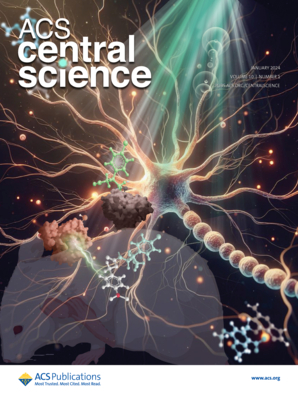Ir nanoparticles decorated NiFe metal-organic framework as highly efficient and stable heterostructural electrocatalysts for overall seawater splitting
IF 12.7
1区 化学
Q1 CHEMISTRY, MULTIDISCIPLINARY
引用次数: 0
Abstract
Developing a bifunctional electrocatalyst for overall seawater splitting is crucial for advancing sustainable hydrogen (H2) production. However, at industrial current densities, anodic chlorine chemical corrosion and cathodic sluggish hydrogen evolution kinetics will seriously hinder the system of seawater-to-H2. Herein, we present a heterojunction electrocatalyst synthesized via hydrothermal methods to create ultrathin NiFe-MOF nanosheets on nickel foam, followed by the deposition of Ir nanoparticles through a redox strategy (Ir@NiFe-MOF/NF). Ir@NiFe-MOF/NF demonstrates exceptional alkaline seawater oxidation and reduction properties, achieving a current density of 1000 mA cm−2 with overpotentials of 445 and 233 mV. Additionally, it requires only a voltage of 2.11 V to drive 250 mA cm−2 in a membrane electrode device and operates stably for 400 hours in alkaline seawater, surpassing other recently reported bifunctional electrocatalysts.以 Ir 纳米粒子装饰的 NiFe 金属有机框架作为高效稳定的异质结构电催化剂,用于整体海水分离
开发一种用于整体海水分离的双功能电催化剂对于推进可持续氢气(H2)生产至关重要。然而,在工业电流密度下,阳极氯化学腐蚀和阴极迟缓的氢进化动力学将严重阻碍海水制氢系统。在此,我们介绍一种通过水热法在泡沫镍上合成超薄 NiFe-MOF 纳米片,然后通过氧化还原策略沉积 Ir 纳米颗粒(Ir@NiFe-MOF/NF)的异质结电催化剂。Ir@NiFe-MOF/NF 具有优异的碱性海水氧化和还原特性,电流密度达到 1000 mA cm-2,过电位分别为 445 mV 和 233 mV。此外,它只需要 2.11 V 的电压就能在膜电极装置中驱动 250 mA cm-2 的电流,并能在碱性海水中稳定运行 400 小时,超过了最近报道的其他双功能电催化剂。
本文章由计算机程序翻译,如有差异,请以英文原文为准。
求助全文
约1分钟内获得全文
求助全文
来源期刊

ACS Central Science
Chemical Engineering-General Chemical Engineering
CiteScore
25.50
自引率
0.50%
发文量
194
审稿时长
10 weeks
期刊介绍:
ACS Central Science publishes significant primary reports on research in chemistry and allied fields where chemical approaches are pivotal. As the first fully open-access journal by the American Chemical Society, it covers compelling and important contributions to the broad chemistry and scientific community. "Central science," a term popularized nearly 40 years ago, emphasizes chemistry's central role in connecting physical and life sciences, and fundamental sciences with applied disciplines like medicine and engineering. The journal focuses on exceptional quality articles, addressing advances in fundamental chemistry and interdisciplinary research.
 求助内容:
求助内容: 应助结果提醒方式:
应助结果提醒方式:


